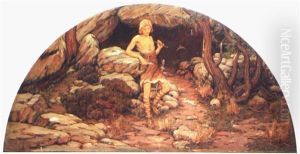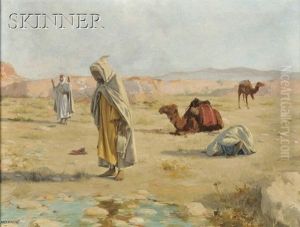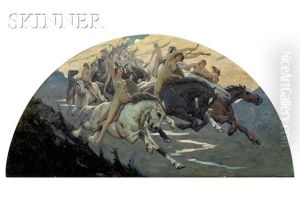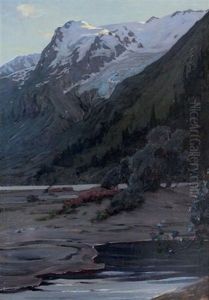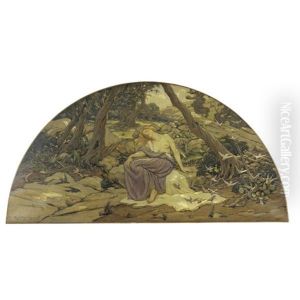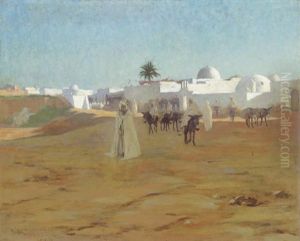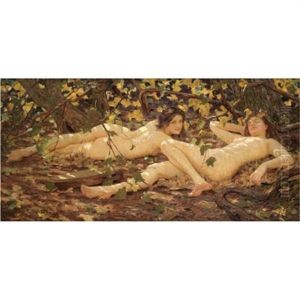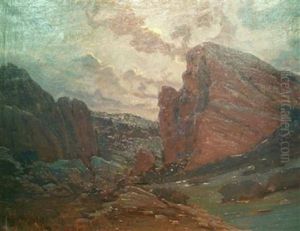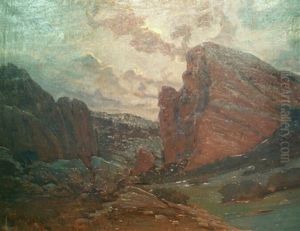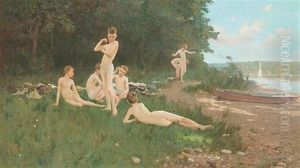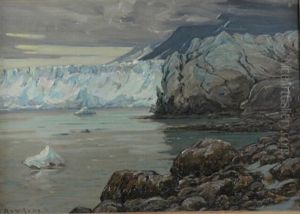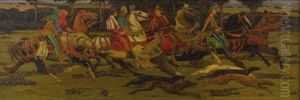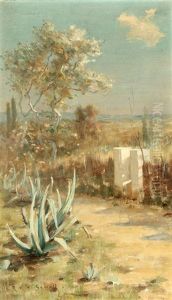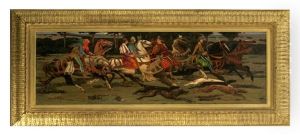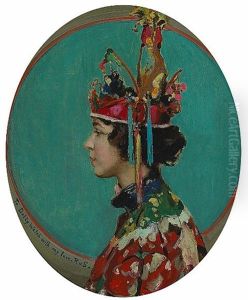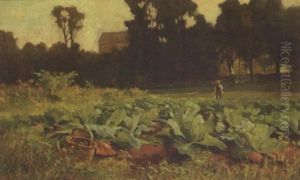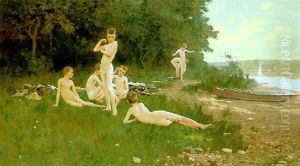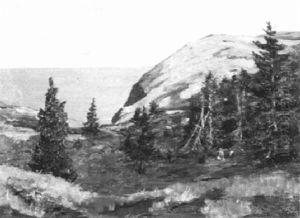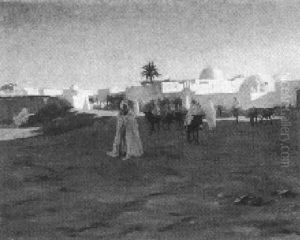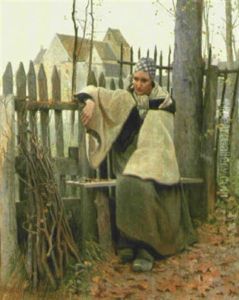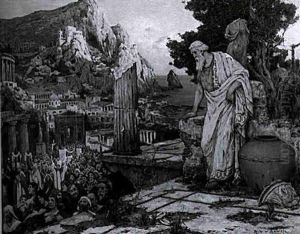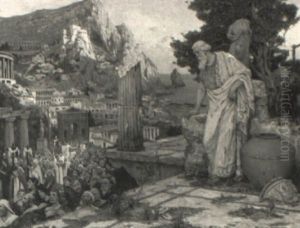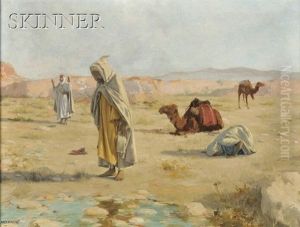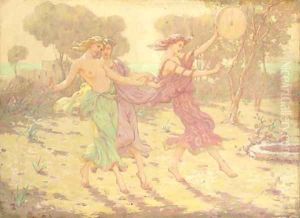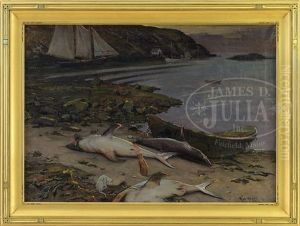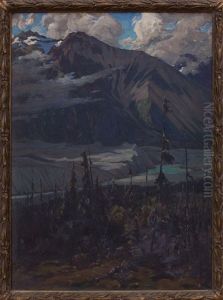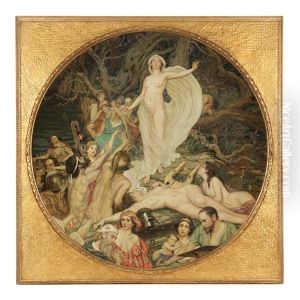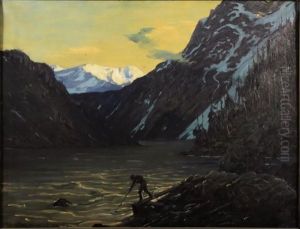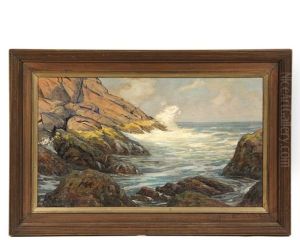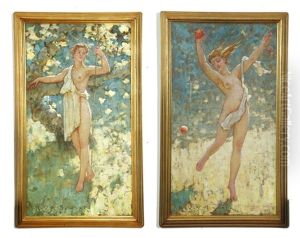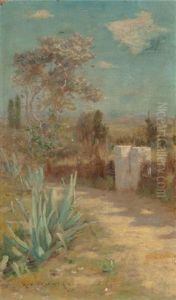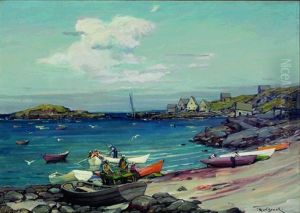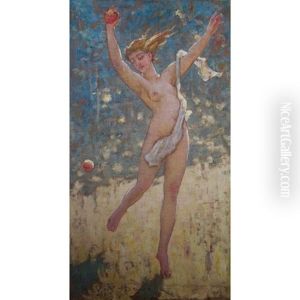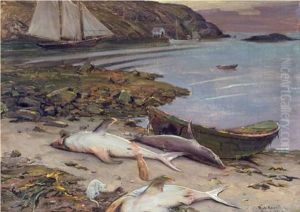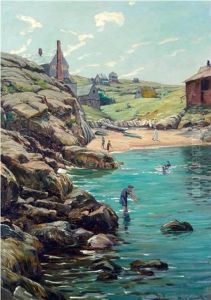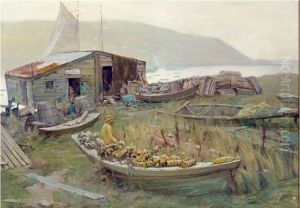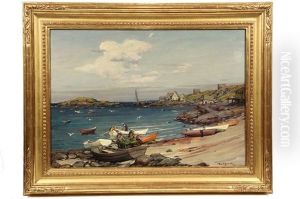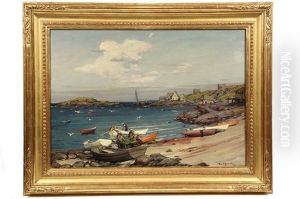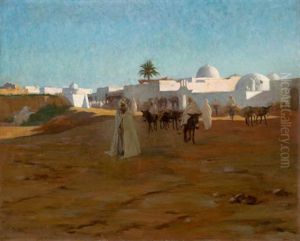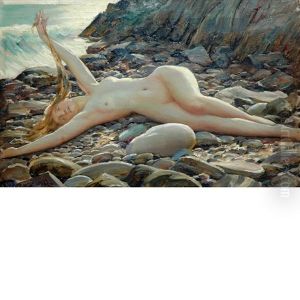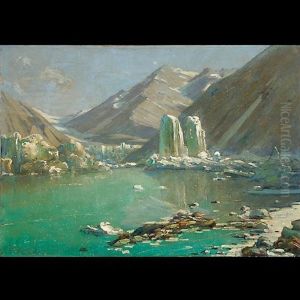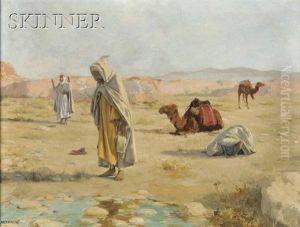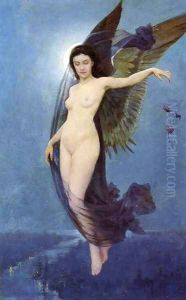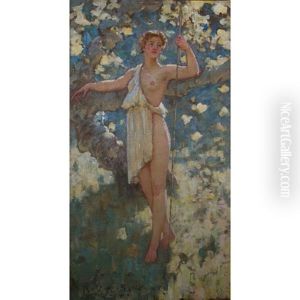Robert Van Vorst Sewell Paintings
Robert Van Vorst Sewell was an American painter born in 1860, esteemed for his contribution to the art world during the late 19th and early 20th centuries. His artistic journey began in the picturesque settings of Baltimore, Maryland, where he was born into a world on the cusp of rapid societal and technological transformations. Sewell's artistic inclinations were evident early on, and his pursuit of art took him across the Atlantic to Europe, a common practice among American artists of his era seeking formal training and inspiration.
Sewell studied at the prestigious École des Beaux-Arts in Paris, an institution that played a pivotal role in shaping his artistic techniques and sensibilities. Under the tutelage of renowned artists and instructors, he honed his skills in painting, particularly excelling in portraiture and landscape art. His time in Europe was not just a period of learning but also of immersion in the vibrant cultural and artistic scenes of the late 19th century, which significantly influenced his style and thematic choices.
Upon returning to the United States, Sewell embarked on a successful career as a painter, capturing the essence of American life and landscapes with a unique blend of realism and impressionism. His works were celebrated for their depth, sensitivity, and the ability to convey the subtleties of light and shadow, earning him a respectable place among the American artists of his time. Sewell's paintings were exhibited in various prestigious galleries and exhibitions, including the Paris Salon, a testament to his international appeal and recognition.
In addition to his artistic endeavors, Robert Van Vorst Sewell was an active member of the American art community, contributing to the development and appreciation of the arts through teaching and participation in art organizations. His legacy is not just in the beautiful works he left behind but also in his influence on future generations of artists. Sewell's life came to an end in 1924, but his contributions to the world of art continue to be celebrated and studied by art historians and enthusiasts alike. His mastery in capturing the American spirit through his brushstrokes remains a significant aspect of his enduring legacy.
